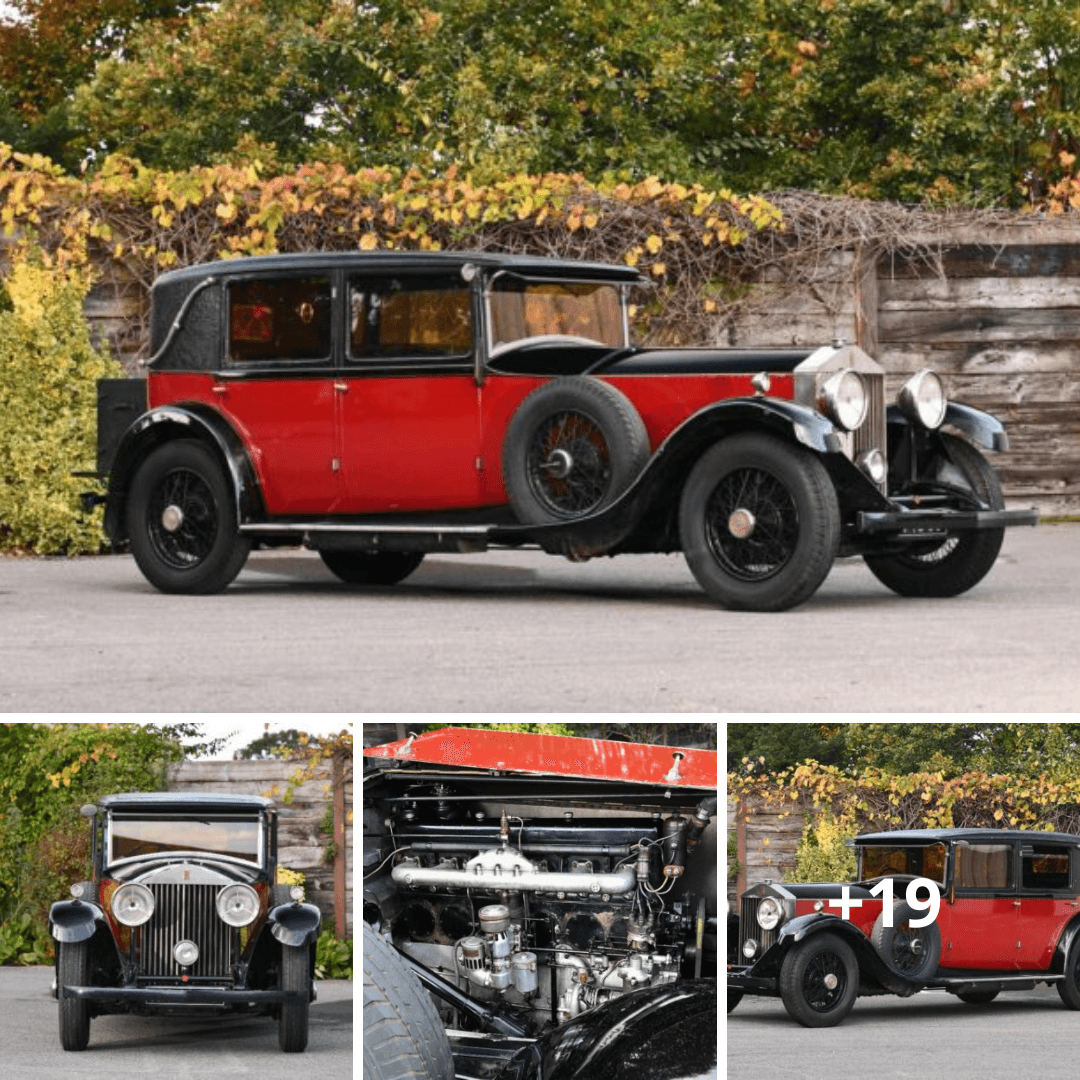Exquisite Sophistication: Discovering the 1953 Rolls-Royce Silver Dawn Standard Steel Saloon
Pho Nguyen
- 19 Apr 2024

Following the conclusion of World War II, Rolls-Royce continued to adhere to the rationalization approach that had been implemented in the late 1930s. On the other hand, more components were outsourced rather than manufactured in-house, and a fundamental transition took place with the introduction of factory bodywork that was designed for owner-drivers rather than chauffeurs. The Pressed Steel Fisher Company in Cowley was responsible for the creation of the’standard steel’ body, which was first introduced on the MkVI Bentley. In 1949, the Silver Dawn, which was the Rolls-Royce equivalent, was introduced to the public. With three different wheelbase lengths, the model kept its independent chassis, which allowed it to keep its basic design intact throughout all three lengths. Independent front suspension and hydraulic front brakes were two of the most important available characteristics.

A revolutionary six-cylinder engine with a displacement of 4,257cc was used to power the range. This engine was eventually increased to 4,566cc in 1951 and featured inlet-over-exhaust valve gear technology. Beginning in the middle of the 1930s, this engine was being developed, and it was the first to use belt drive for both the water pump and the dynamo. In the Rolls-Royce configuration, it was notable as it included a Zenith Stromberg carburetor. This carburetor was favored over the twin SUs that were used in the MkVI because it provided a smoother running experience and a cold start facility, which was not available on the SU-equipped Bentley until 1952.

A significant improvement to the basic bodywork was made in the middle of 1952. This improvement consisted of an expanded trunk, which was accompanied by improvements to the rear wings and suspension that corresponded to the size of the trunk. This design was first introduced on the ‘E’ series Silver Dawn and continued to be used until the conclusion of the ‘J’ series. In the history of Rolls-Royce, the Silver Dawn is a significant milestone since it was the first model to use factory bodywork. As a result, aficionados are becoming increasingly interested in purchasing this particular model.

Due to England’s post-war financial crisis necessitating hard currency, the Silver Dawn remained an export-only model until 1953, resulting in the majority of production being left-hand drive. Of the 760 units manufactured, around 60 received custom bodies, contributing to the model’s exclusivity and allure among collectors.



